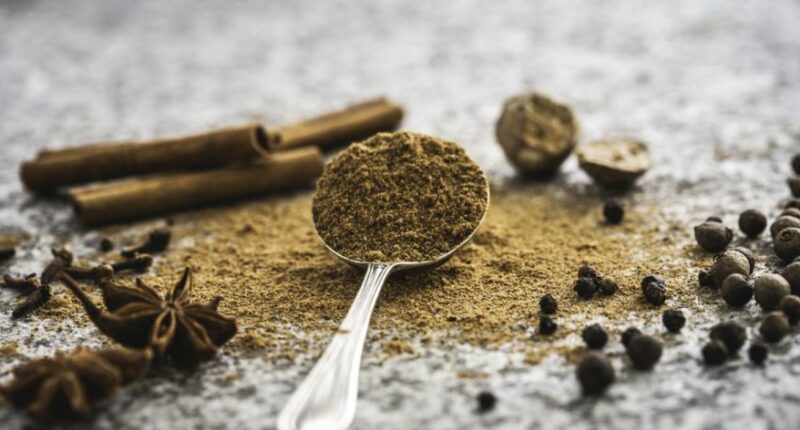Share this @internewscast.com

(NerdWallet) – Just like the chilly air and changing foliage, pumpkin spice signals the arrival of fall. It’s impossible to miss as it’s present everywhere in grocery stores, in various forms like pumpkin-spice-flavored cookies, pancake mix, oatmeal, and more.
Typically, pumpkin spice is a blend of five spices: cinnamon, nutmeg, ginger, cloves, and allspice, mostly imported from overseas.
The spice industry is concerned about how tariffs might raise the cost of importing spices. The American Spice Trade Association highlights that many spices need tropical climates and cannot be grown locally. Essential spices like cinnamon, nutmeg, cloves, and vanilla are included in this group.
There’s a standard 10% tariff on all countries, with increased tariffs for specific countries. India, a major spice exporter, faces a 50% tariff, providing many spices like red chili, cumin, and black pepper.
Focusing on pumpkin spices, here’s an overview of their origins according to World Bank’s World Integrated Trade Solution (WITS) data, and the tariffs applied to these countries:
- Cinnamon:
- Indonesia: 19% tariff.
- Vietnam: 20% tariff.
- India: 50% tariff.
- Sri Lanka: 20% tariff.
- China: 30% tariff.
- Nutmeg:
- Indonesia: 19% tariff
- India: 50% tariff.
- Vietnam: 20% tariff.
- Sri Lanka: 20% tariff.
- Netherlands: 15% tariff (the Netherlands re-imports spices)
- Ginger:
- China: 30% tariff.
- Netherlands: 15% tariff.
- India: 50% tariff.
- Peru: 10% tariff.
- Thailand: 19% tariff.
- Cloves
- Madagascar: 10% tariff.
- Indonesia: 19% tariff.
- Tanzania: 10% tariff.
- Sri Lanka: 20% tariff.
- United Arab Emirates: 10% tariff.
- Allspice
- Jamaica: 10% tariff.
- Mexico: 25% tariff.
- Honduras: 10% tariff.
- Guatemala: 10% tariff.
- Nicaragua: 18% tariff.
With tariffs set to hike the costs of importing spices to the U.S., producers may have to shoulder these costs or pass them on to consumers, potentially leading to fewer high-quality spice choices and higher prices in stores and eateries, including your pumpkin spice latte. Additionally, if companies need to switch to countries with lower tariffs that offer similar yet different spices, or use artificial flavors, the flavor of foods could change.
For McCormick & Company, a worldwide spice brand, it calculates its exposure to tariffs at about $90 million annually, with $50 million in 2025 alone. The company sources globally: roughly 17,000 unique materials from over 90 countries, which helps limit its tariff exposure. In the U.S., 90% of what’s sold is sourced domestically. In the call, executives said the tariffs don’t encourage U.S. production, but do raise costs for U.S. businesses and restaurants, as well as consumers.
There may be hope: The American Spice Trade Association says it’s possible that the administration is considering a reduction in tariffs on specific commodities that can only be sourced abroad, like spices (which it says can be considered “Unavailable Natural Resources”).
That said, the financial impact of tariffs takes time to settle in so it may not impact spice prices this fall. Starbucks, which arguably launched the pumpkin spice craze, has yet to change the price of its signature latte.













